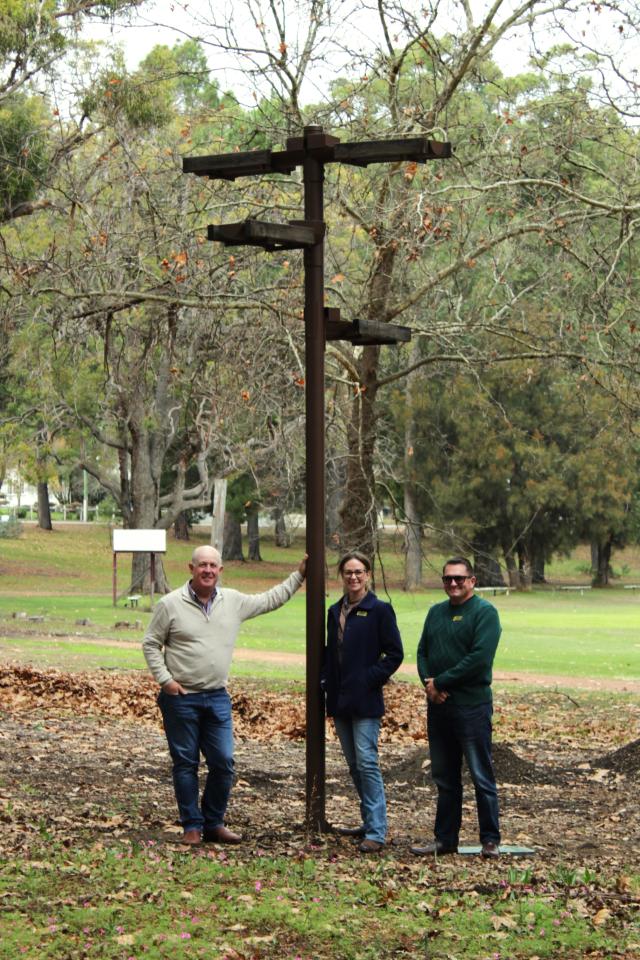By Rob Cook
With Mike Baird announcing in December his plan to amalgamate more than a quarter of NSW’s 152 councils, including whittling Sydney’s metropolitan councils from 43 to 25, 2016 promises to be an interesting time across the state.
As a provider of online procurement systems to over 200 councils across Australia and New Zealand, we’ve watched this debate unfold with a great deal of interest. Amalgamations are an example of change and re-formation – all in the pursuit of efficiency. With other states having either discussed or pursued amalgamation options, it’s a well-trodden path. But not for the majority of those directly affected by this announcement.
As this process takes its natural twists and turns, it reminds me of the very important distinction between risk and uncertainty, a concept so eloquently explored by the great American Economist, Frank Knight, in his 1921 book “Risk, Uncertainty and Profit”.
Uncertainty is – well – uncertain by nature and difficult to analyse. Risk is manageable, something we can estimate; it’s quantifiable, measurable and actionable.
People often, mistakenly, conflate uncertainty with risk. Take the first time sky-diver, racked with uncertainty. “Will the parachute open? Will I land safely? What happens if I don’t?” Contrast that with a more experienced jumper who has learned to distinguish uncertainty from risk. They pack the parachute correctly, conduct a peer-safety check, tighten the straps and check the weather. They know the chance they are taking and they’ve planned carefully to mitigate risks.
So how does this apply to amalgamations? At the outset of the discussion, uncertainty was everywhere. Will it happen? If it does, will it be us? If it is, who are we likely to be grouped with and what will that mean for us?
Lots of ifs, buts and maybes – but no certainties.
But as the changes start to take real shape, thoughts will start turning towards concrete issues. Where will we be based? What systems will we use? How will we manage the transition and what training will we need?
If our day-to-day dealings with council procurement staff are anything to go by, we suspect these changes will be managed with equal measures of pragmatism and professionalism. All large scale change causes disruption. But the disruption can be minimised with flexibility and resilience, both of which seem hard-wired into council procurement staff. They will quietly plan what they need to do and then go about getting on with the job, all the while keeping the lights on.
Those councils opting to focus on risk rather than uncertainty will begin shaping plans now, realising that risk can be minimised if systems are put in place to make the transition as seamless as possible.
Within procurement, councils can deploy toolsets that are flexible and resilient enough to cope with the integration of one – or more – councils. If well designed, they are easy to learn and systems can be up and running within hours – no matter how large or small the council.
Councils can forward-plan the amount of time needed for training, the inevitable time lost to transition and the vendor account management support required to ease the way. And they can also estimate the operational savings accrued, the benefits of the probity gained and the transparency embedded.
Change is almost always painful in some way or another. For those overcome with the chill of uncertainty, even more so. But change also provides an opportunity for councils to find more efficient ways to work. For every expected change, there’s an opportunity to plan for the new reality to ensure that when the dust settles, the change has been worth it.
*copy supplied by TenderLink







